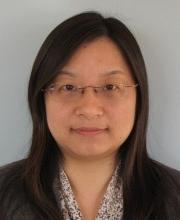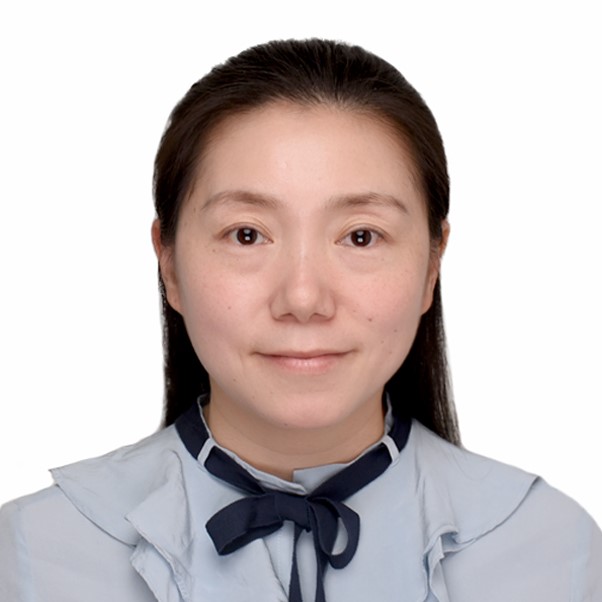

In addition, PGMI-004A treatment attenuates tumor growth in xenograft nude mice with minimal toxicity in vivo. We screened and developed novel small molecule PGAM1 inhibitor (PGMI)-004A, which effectively inhibits PGAM1 enzyme activity, resulting in aberrant leukemia cell metabolism with reduced glycolysis and PPP/anabolic biosynthesis, as well as attenuated cell proliferation in diverse human leukemia cell lines, but not control normal human proliferating cells including human dermal fibroblasts and human foreskin fibroblasts. Moreover, we found that PGAM1 protein expression and enzyme activity levels are commonly upregulated in diverse human leukemia cell lines, as well as in primary leukemia cells from human AML, CML and B-ALL patients.

These findings uncover that PGAM1 controls the intracellular 3-PG and 2-PG levels to serve as a novel link between glycolysis, biosynthesis, cancer/leukemia cell proliferation and tumor development. Inhibition of PGAM1 by shRNA results in increased 3-PG and decreased 2-PG levels in cancer and leukemia cells, leading to significantly decreased glycolysis, PPP flux and biosynthesis, as well as attenuated cell proliferation and tumor growth. Our co-crystal structure based analysis revealed that 3-PG binds to and inhibits 6-phosphogluconate dehydrogenase in the oxidative pentose phosphate pathway (PPP) as a competitive inhibitor, while 2-PG activates 3-phosphoglycerate dehydrogenase (PHGDH) to provide feedback control of 3-PG levels.

We found that glycolytic enzyme phosphoglycerate mutase 1 (PGAM1), commonly upregulated in human cancers including leukemias due to loss of TP53, regulates anabolic biosynthesis by controlling intracellular levels of its substrate 3-phosphoglycerate (3-PG) and product 2-phosphoglycerate (2-PG). However, it remains unclear how cancer cells coordinate glycolysis and biosynthesis to fulfill the request of rapidly growing tumors. The connection between glycolysis and PPP/biosynthesis is based upon a model in which glycolytic intermediates can be diverted into PPP and biosynthesis pathways as precursors. The current understanding of the Warburg effect consists of an increase in aerobic glycolysis in cancer cells.


 0 kommentar(er)
0 kommentar(er)
